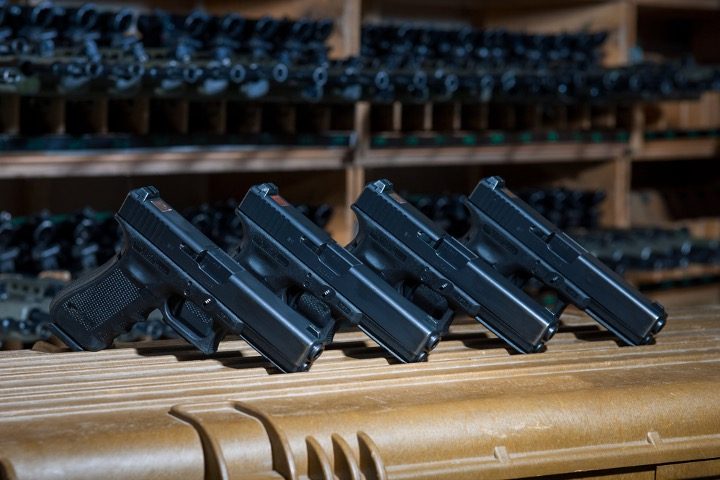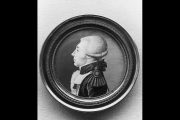
Austrian engineer and inventor Gaston Glock passed away on Wednesday, leaving a legacy that infuriated gun-control advocates while providing law-abiding gun owners a “gun for the masses.”
The Glock Model 17 — or G17 — was the result of 16 prior attempts by Glock to build and manufacture an inexpensive, lightweight, dependable, and accurate hand-held pistol that was easy to disassemble for cleaning and then reassemble. The Glock company now offers 50 iterations of the venerable and still popular G17, with sales topping half a billion dollars annually.
What made the pistol unique was Glock’s use of a plastic polymer for the frame, reducing its weight without impacting its reliability. It also made the pistol inexpensive. Today the G17 is available, for example, at the Palmetto State Armory for under $500, even in these inflationary times.
The polymer also made the pistol controversial, at least to some back in the 1980s when the pistol first began to appear in large numbers in America. David Kopel, a scholar and research director of the Independence Institute, wrote about “The 1986 Plastic Gun Panic” a few years ago, explaining that the whole idea of a gun that was “undetectable” by airport scanners was ridiculous, bordering on silly.
Nevertheless, the compliant media (even back then) made a mountain out of the molehill, which allowed (or forced) the feckless Congress to pass one of the most inconsequential gun laws in modern history, the Firearms Detection Act of 1988. As Kopel noted, “the bill banned no firearm that had ever been made, including the Glock.… It was the first time that Congress actually voted to ban a type of gun … a type that did not exist and had never existed.” He added:
In the late 1980s, gun control groups started a technophobic panic over life-saving improvements in gun safety and then tried to ban many firearms by inaccurately claiming they were undetectable.
That panic subsided quickly when government officials — no supporters of the Second Amendment — were forced to admit during congressional testimony that the Glock pistol was in fact detectable after all. Glock’s invention — 83 percent of which is made of steel — is fully visible to airport scanners.
The pistol’s popularity grew out of Gaston Glock’s garage. He and his wife and family lived in a suburb of Vienna, Austria, in the 1960s. He managed a car-radiator factory but started a side hustle in his garage, making, among other things, curtain rings out of plastic.
The business expanded into making handles for knives and bayonets for the Austrian army. When he learned the army was bidding out a contract for a new pistol, Glock saw his opportunity. After a year of developing 16 different iterations of his original design, he submitted No. 17 in the contest.
It so far outclassed his competition, which was still stuck in the past, that he received his first order: 25,000 pistols!
Since then his company has built more than 20 million pistols and sells a million or more of them in the U.S. every year. Two thirds of police departments now use one or more of the Glock pistols, and in 2019 the U.S. Secret Service switched over to Glock after using the Sig Sauer firearm for more than 20 years.
Glock imitated Henry Ford, who more than a hundred years ago created the Model T, the “car for the common man.” In 1908 Ford sold the first Model T — in any color one wanted as long as it was black — for $825, equivalent in today’s money to $30,000. Ford started implementing labor saving devices and, after selling 100,000 of the cars, reduced the price to $360, about $13,000 in today’s money.
Glock’s success in imitating Ford has kept his invention inexpensive as well as durable, lightweight, easy to clean, and, most importantly, accurate. The Glock, according to Forbes magazine, now enjoys a “65% market share of handguns in the U.S.”
As Tony Kinnett noted, writing for The Daily Signal, “Glock has done more for personal defense than any man since Samuel Colt [maker of “the Great Equalizer”] … allow[ing] millions to protect themselves and others.”
Once excoriated for building an “undetectable” pistol, Glock provided — and his company continues to provide — a similar “equalizer,” allowing millions of Americans the opportunity to affordably and efficiently exercise their freedom to protect themselves, their families, and others from predators, including would-be tyrants seeking to disarm them.



